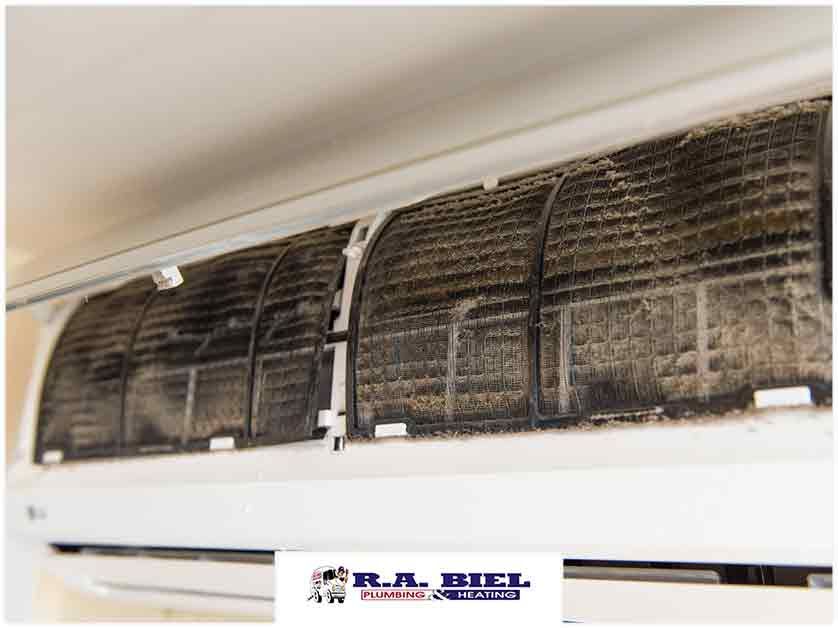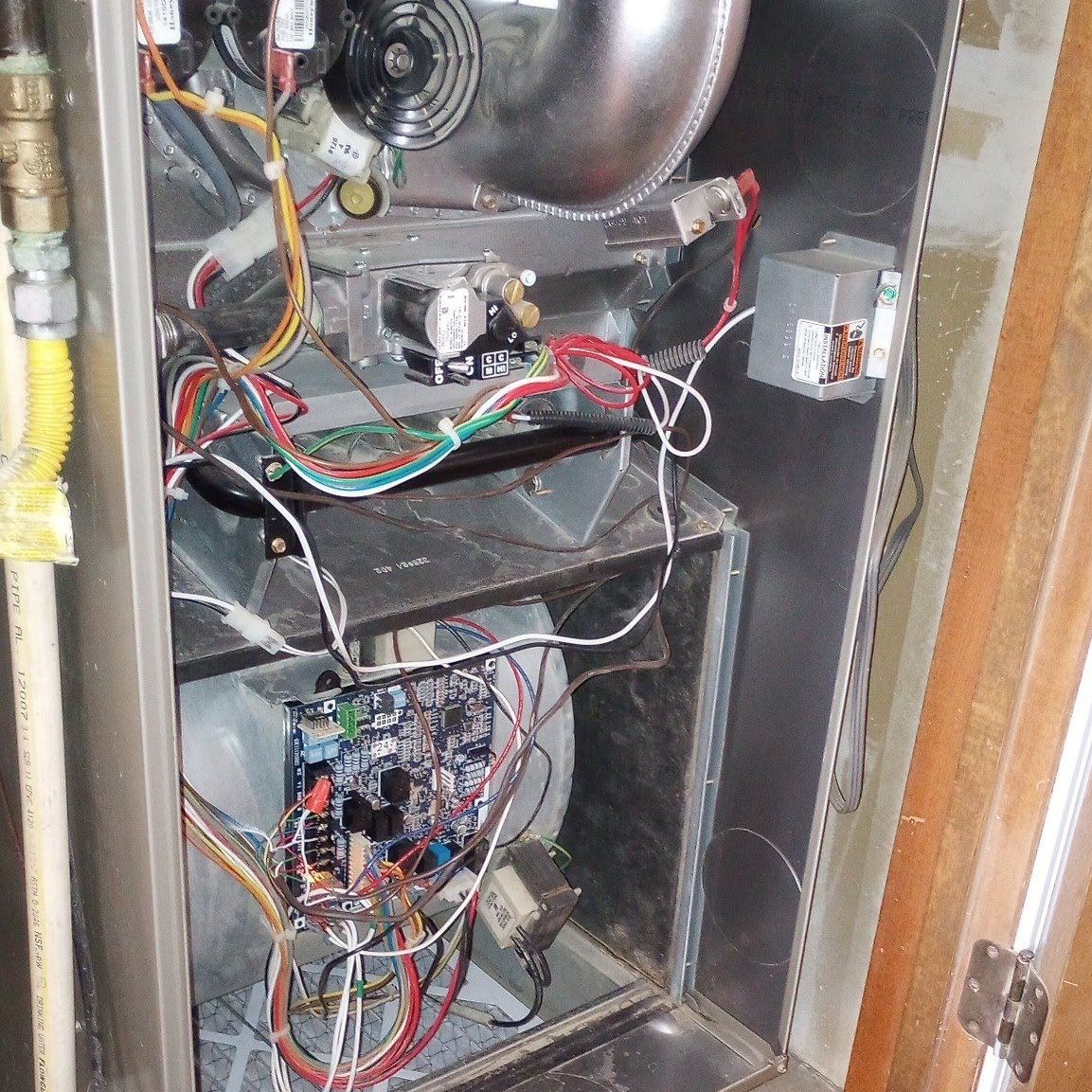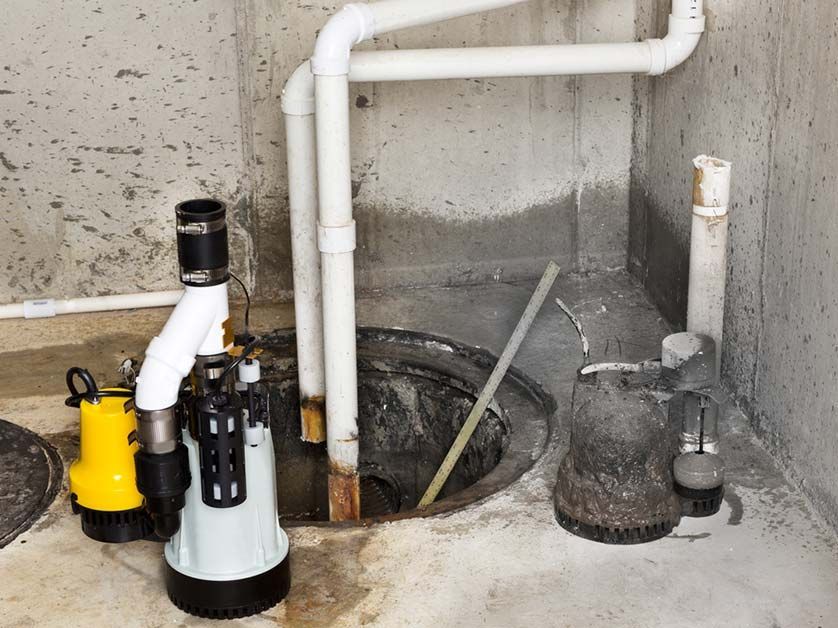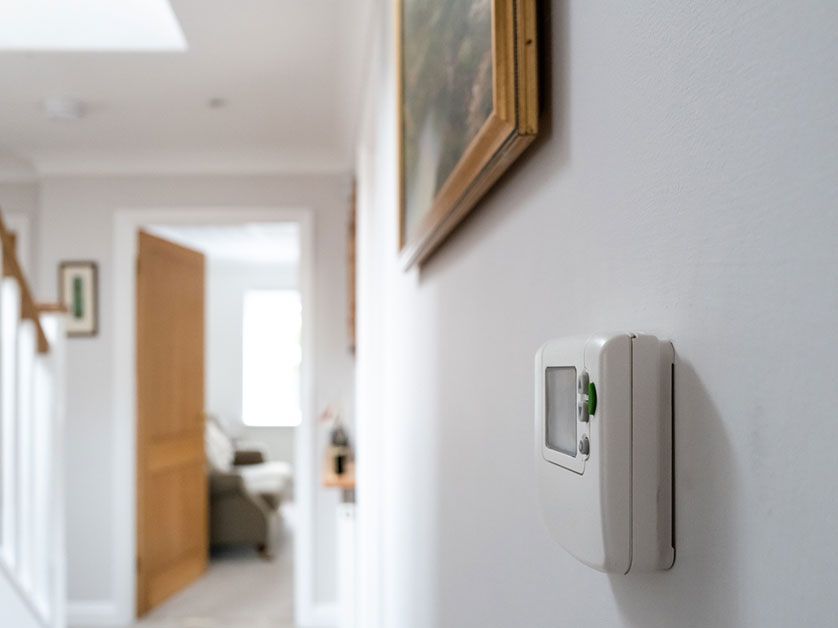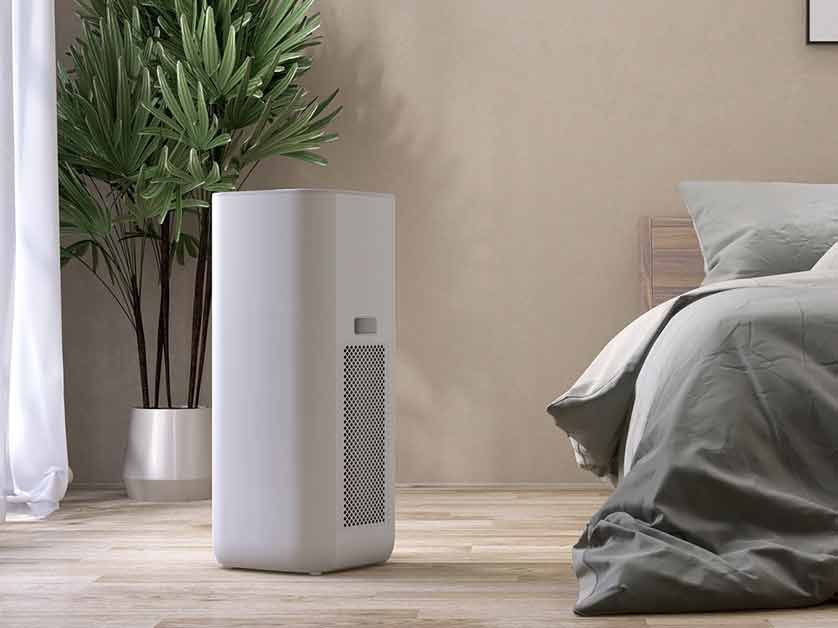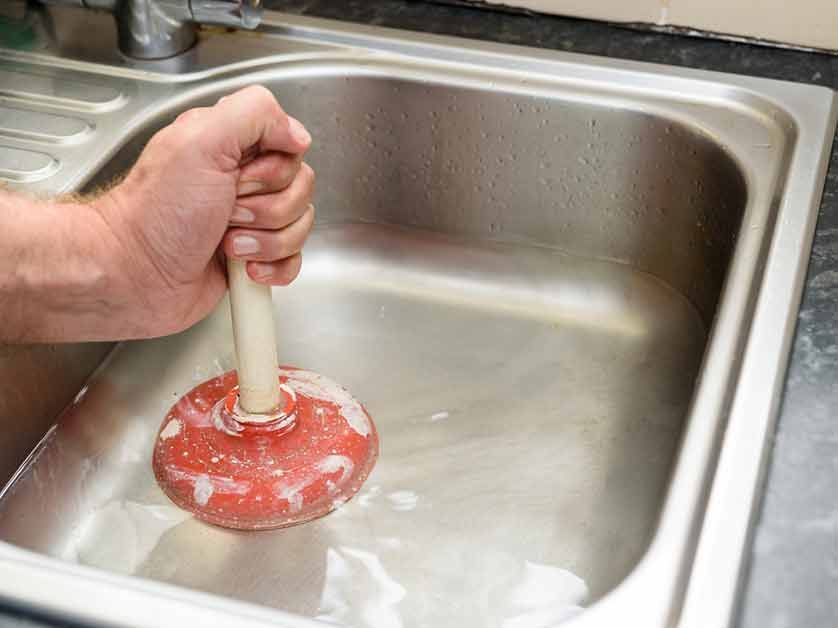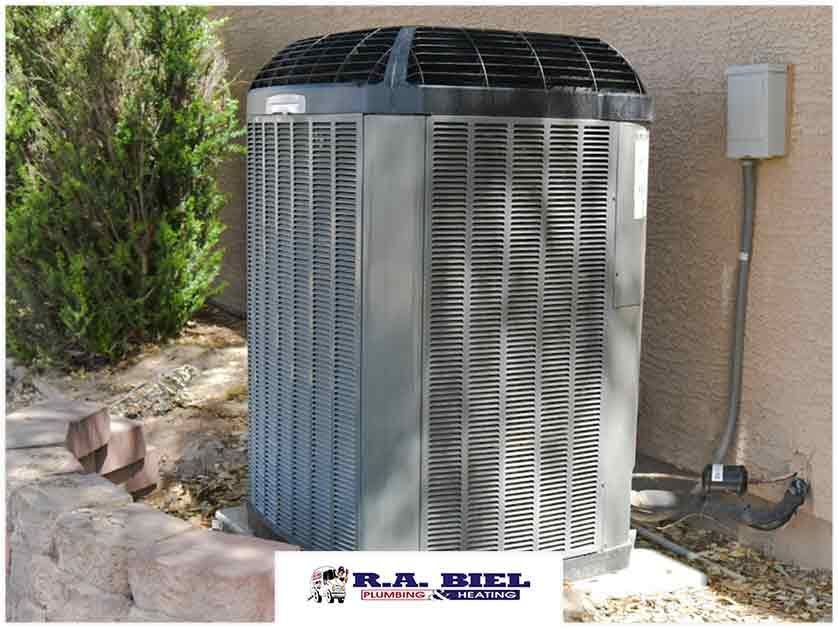A Guide to Proper Indoor Air Quality
Your home is your safe space. It’s where you relax and unwind after a long day, and it can also protect you from harmful elements. However, there may be instances when your own home is the source of your ailments. If you don’t perform proper home maintenance, the air inside of your home may be even more polluted than the air outside.
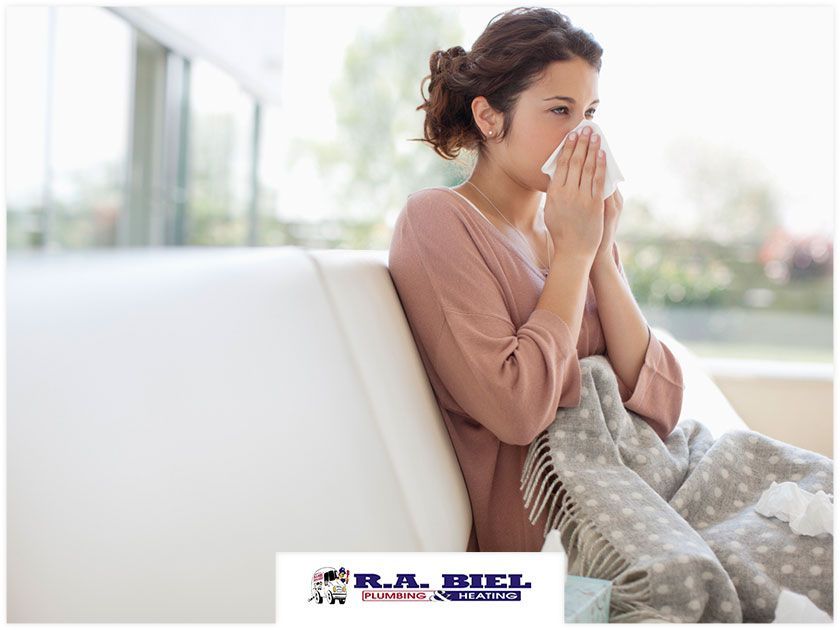
As such, it’s very important to keep your indoor air clean and healthy. If you wish to know more about maintaining good indoor air quality, read this guide from the HVAC maintenance experts at R.A. Biel Plumbing and Heating.
How Can I Tell if My Indoor Air Quality Is Poor?
There are many causes of poor indoor air quality, such as poor ventilation, lack of fresh air, pet dander and dust, among other things. Even if you think your home seems clean enough, there may be underlying issues that aren’t easily noticeable. If you don’t frequently clean your house, you may end up compromising your health.
The following are probable signs that the air quality inside your home might need improving. Be sure to take action when you notice these signs to prevent any serious issues from occurring.
- Coughing. If you’re experiencing coughing or difficulty breathing, it may be because of poor indoor air quality. When there’s a lack of ventilation, the fresh oxygen in the room is significantly reduced. You end up breathing dirty air filled with carbon dioxide, which can cause respiratory problems.
- Sneezing. If hay fever season has ended and you’re still experiencing allergic reactions, such as watering eyes and throat irritation, it may not be the weather causing this. Instead, there could be contaminants present in your indoor air that are triggering your allergic reactions.
- Dust buildup. If you notice any dust building up on your air filters or vents, be sure to schedule an air duct cleaning as soon as possible. You might also want to consider advanced air filters for better dust prevention. Keep in mind that dust on your home’s surfaces can also be avoided with regular cleaning.
- Fatigue. You might also feel extra tired when your indoor air quality is poor. Not only can pesticides and cleaning products be bad for your indoor air, they can also contribute to headaches. Fumes and carbon monoxide can be harmful to your health as well.
- Skin irritation. The bad quality of the air indoors can also result in rashes and skin redness. If you don’t have any allergies or other medical conditions, your skin irritation might be due to pollutants in the air. When dust and bacteria make contact with your skin, they block the flow of nutrients, which can lead to dryness.
- Hot and cold spots. If you notice there are hot or cold spots in your home, it’s probably because the air isn’t able to flow properly around your house. These are also telltale signs that your HVAC system isn’t operating well due to dirty air filters or liquid fluids. Thus, be sure to book an HVAC repair appointment immediately.
- Bad smells. Without proper air ventilation, the air in your home will become stagnant, which may lead to bad odors. It may come from chemical contaminants and dust, or even pollen and mold. By efficiently cleaning your air ducts regularly, you might be able to get rid of the unpleasant smell.
Why Should I Care About Poor Indoor Air Quality?
It’s extremely critical to avoid poor indoor air quality to keep you and your family safe and healthy. While immediate symptoms, such as sneezing, fatigue and skin irritation, are easily treatable, they may not present the same in those who are suffering from asthma or other pre-existing medical conditions. In some cases, their symptoms may even worsen. If you’re exposed to poor indoor air for many years, this can also result in other serious health effects, such as heart disease and cancer.
Additionally, it’s important to note the time and place when these symptoms occur. If the symptoms fade when the person is away from the house, be sure to thoroughly check your indoor air sources, as they could possibly be causing these issues. This is also the best time to take advantage of our HVAC repair services since your heating or cooling system may not be working properly.
What Can I Do About Poor Indoor Air Quality?
To ensure that the air inside your home is clean and healthy, make sure that you vacuum, mop and dust regularly. By doing this, you’ll get rid of dust that could spread throughout your home. You should also wash your bedsheets and curtains often. For your bedding, it’s best to clean it once a week if you sleep on your mattress every night. Your curtains can attract a lot of dust, too, so you should clean them every three months.
You can also air out your house by opening windows and doors daily. Not only will this save you money on your energy bills, but it well also let out harmful contaminants that are trapped inside your home. However, be wary of pollen making its way into your house during hay season. For a more efficient air conditioning system, you may also choose to schedule HVAC maintenance to ensure your cooling system is in great shape.
If you’re into gardening, you might consider keeping plants inside your house. They’ll add life and color while also eliminating toxins. They release oxygen and absorb carbon dioxide, which means they’ll help freshen up your home. Not to mention, they can reduce your stress levels and lift your mood.
The best way to ensure that your indoor air quality is excellent is to contact the professionals. They can provide you with effective solutions for maintaining the health of your indoor air. Be sure to hire credible experts so your home is in safe hands.
For inquiries about proper indoor air quality maintenance, get in touch with R.A. Biel Plumbing and Heating. We offer home improvement services, including air duct cleaning services and many more. Call us today at (505) 327-7755 or fill out our contact form to set an appointment.
The post A Guide to Proper Indoor Air Quality appeared first on R.A. Biel Plumbing & Heating, Inc..
Our Recent Articles
